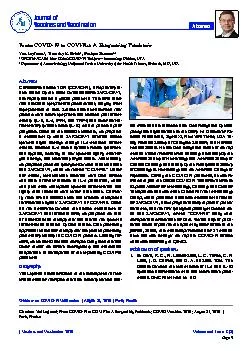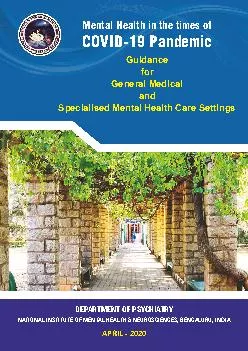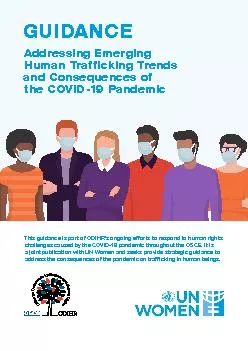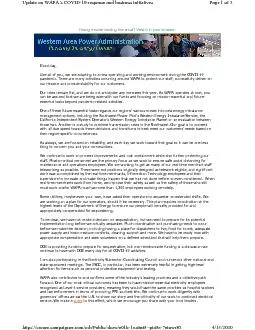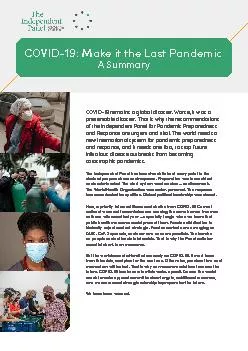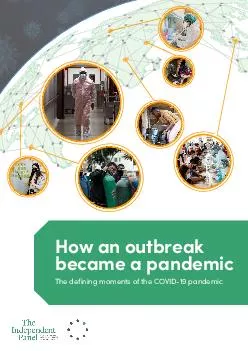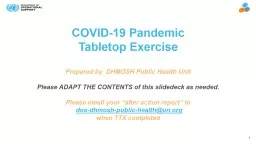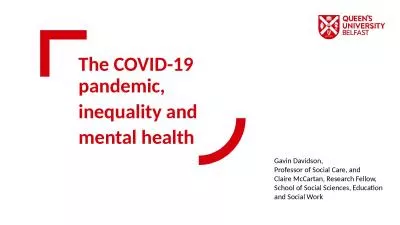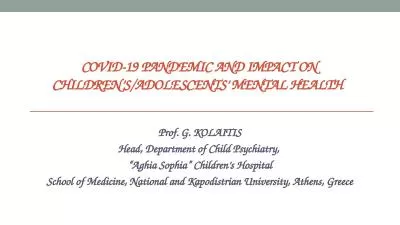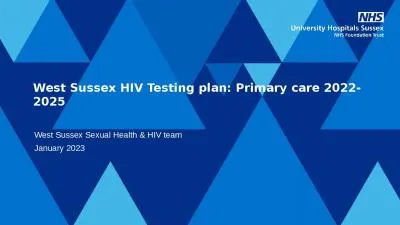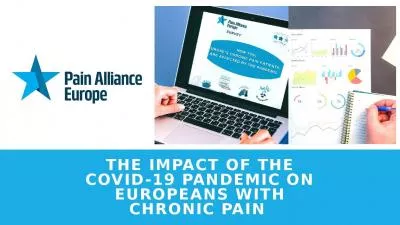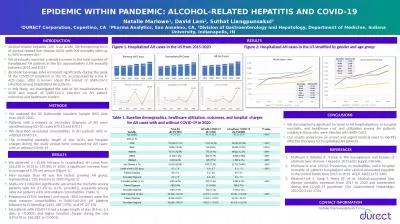PPT-COVID-19 East Sussex A TWO YEAR VIEW OF THE PANDEMIC
Author : samantha | Published Date : 2023-10-27
Data up to 31 st March 2022 Public Health Intelligence PHI East Sussex County Council 2022 Contents Additional Information This report provides the context of COVID19
Presentation Embed Code
Download Presentation
Download Presentation The PPT/PDF document "COVID-19 East Sussex A TWO YEAR VIEW OF ..." is the property of its rightful owner. Permission is granted to download and print the materials on this website for personal, non-commercial use only, and to display it on your personal computer provided you do not modify the materials and that you retain all copyright notices contained in the materials. By downloading content from our website, you accept the terms of this agreement.
COVID-19 East Sussex A TWO YEAR VIEW OF THE PANDEMIC: Transcript
Download Rules Of Document
"COVID-19 East Sussex A TWO YEAR VIEW OF THE PANDEMIC"The content belongs to its owner. You may download and print it for personal use, without modification, and keep all copyright notices. By downloading, you agree to these terms.
Related Documents


